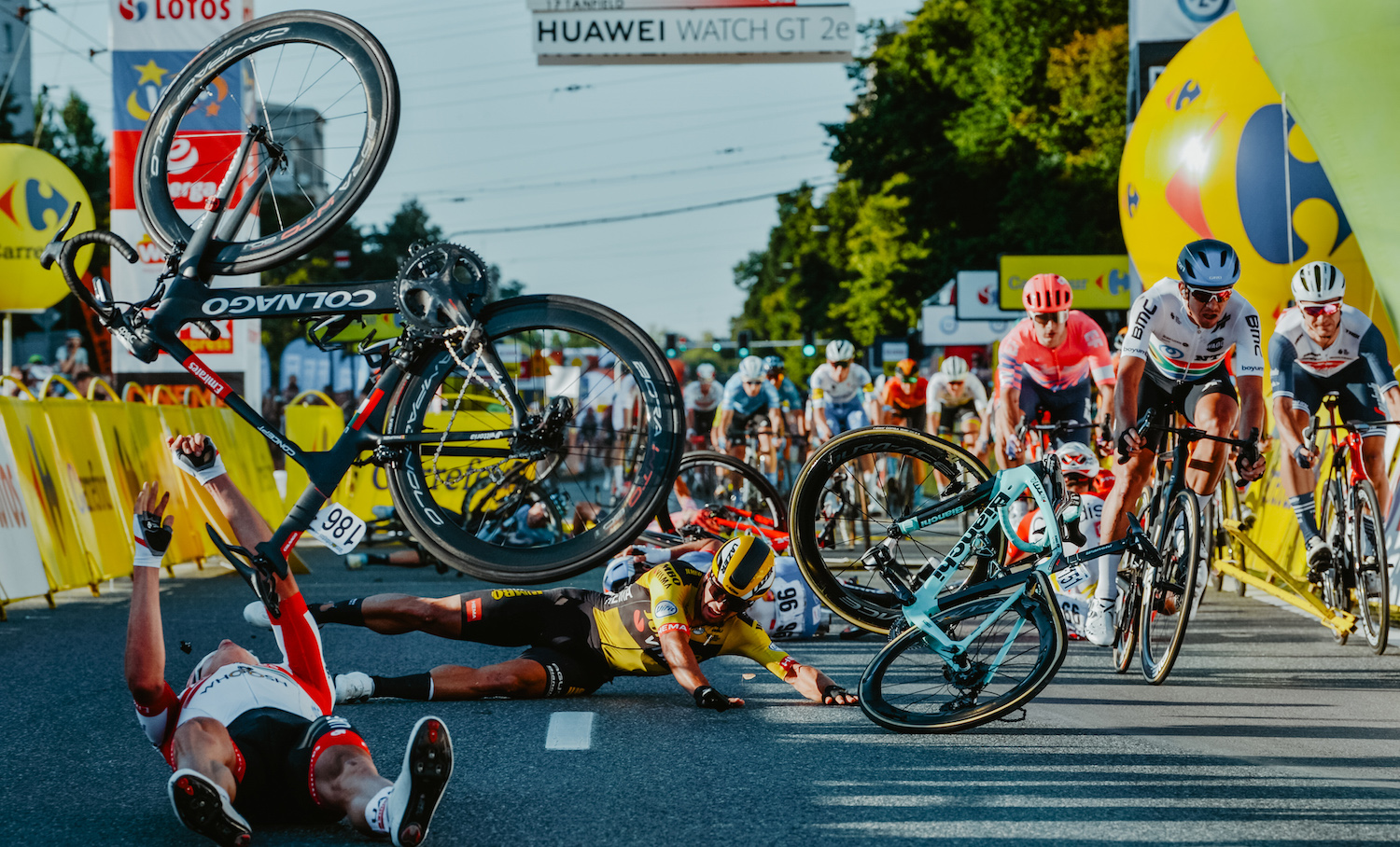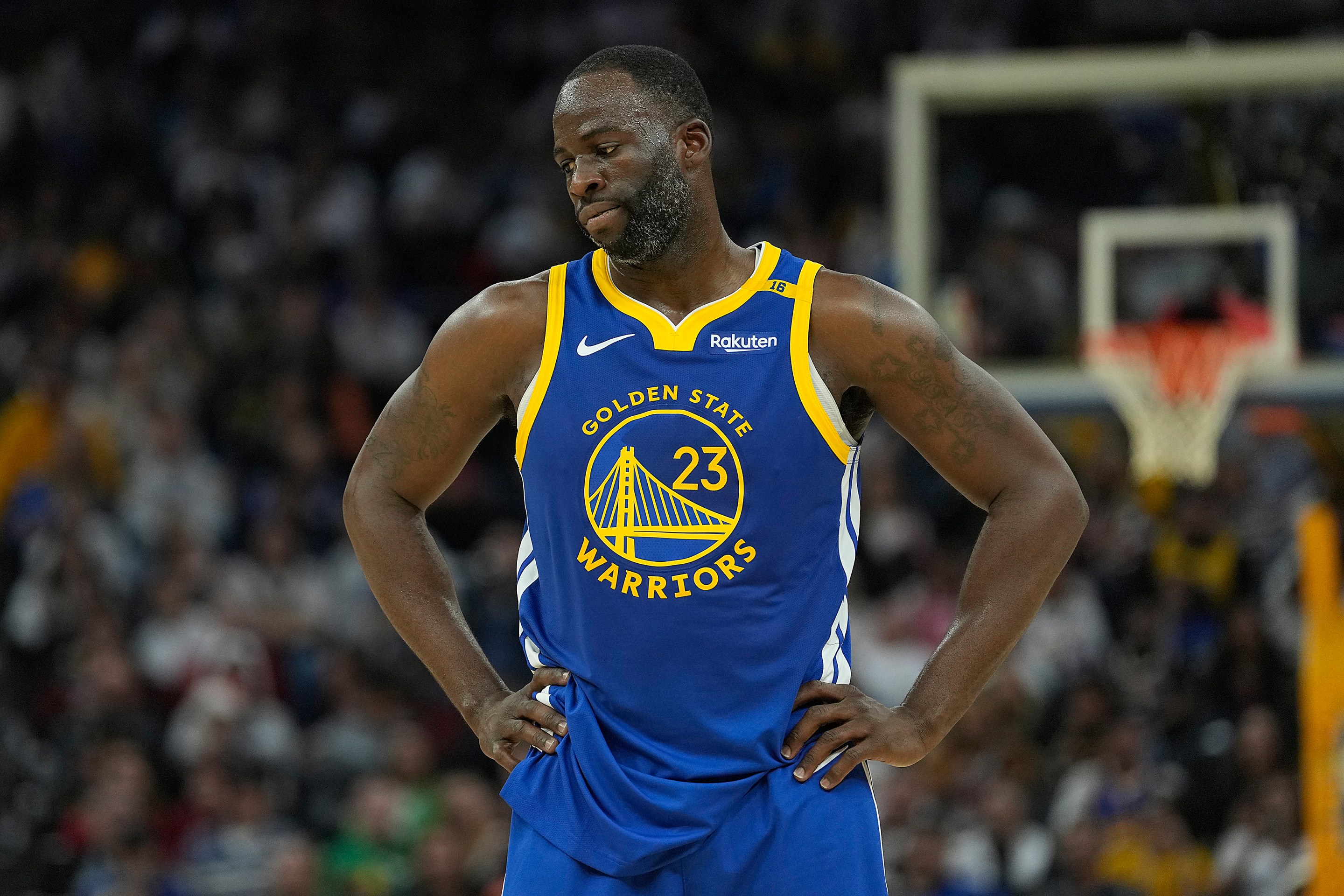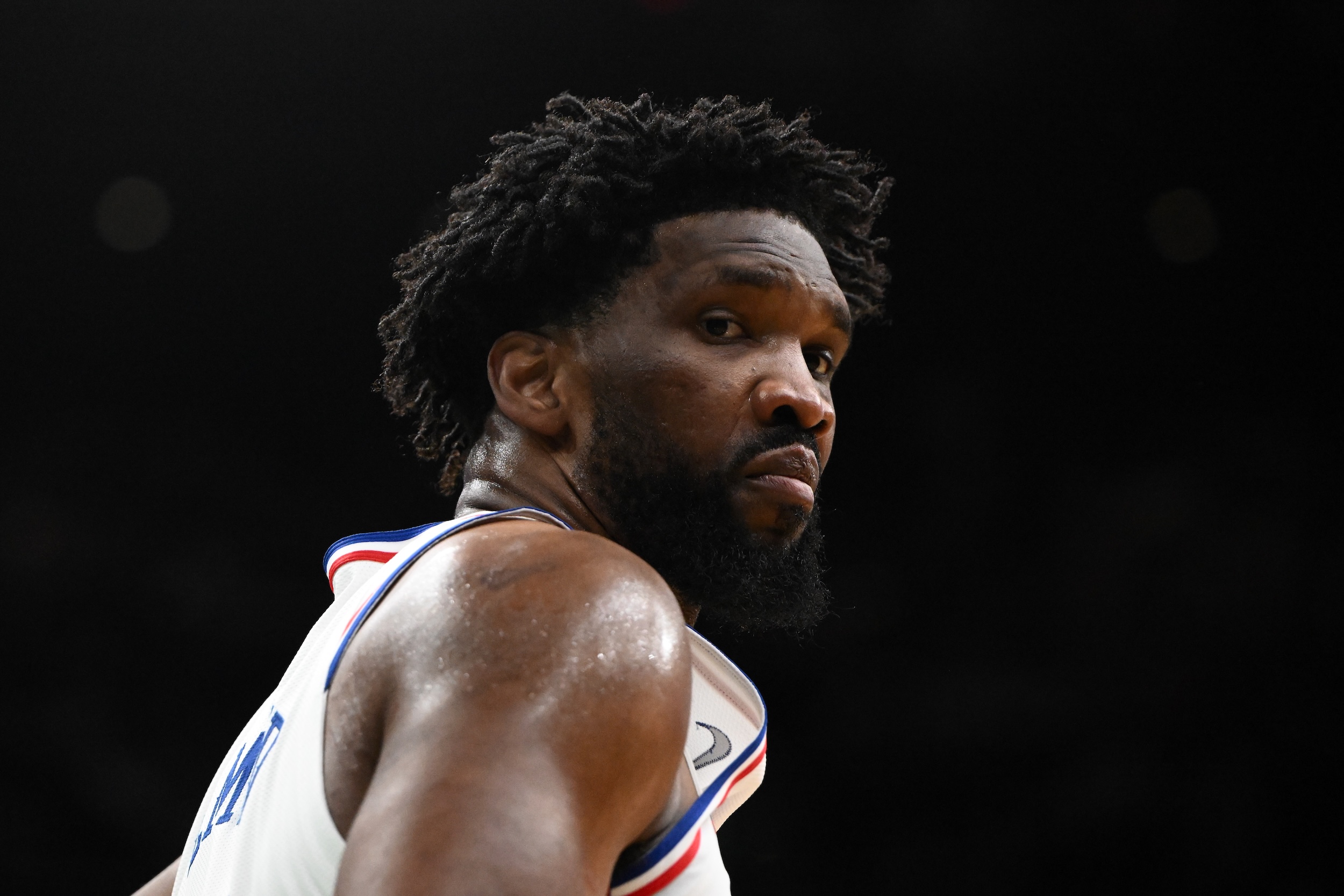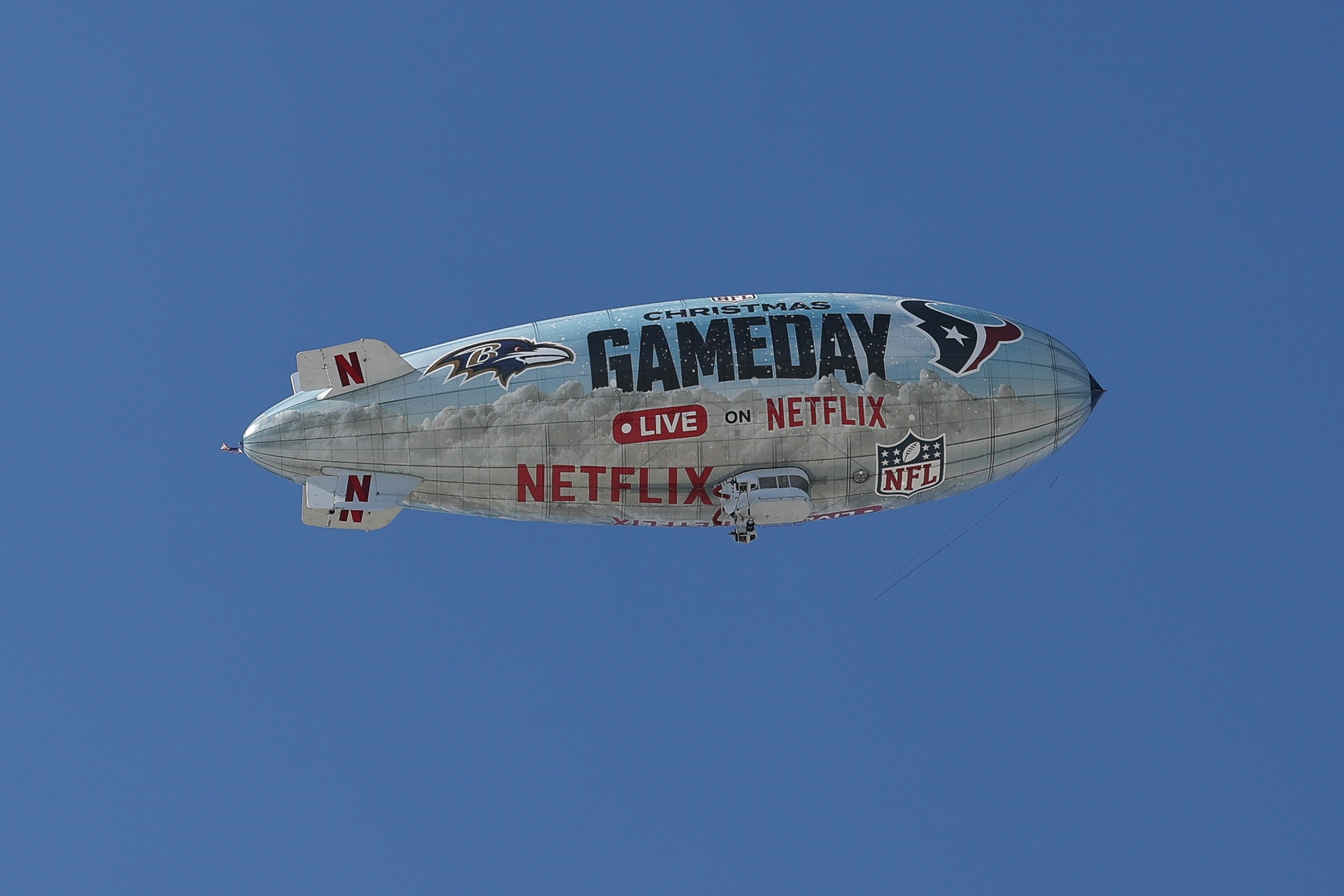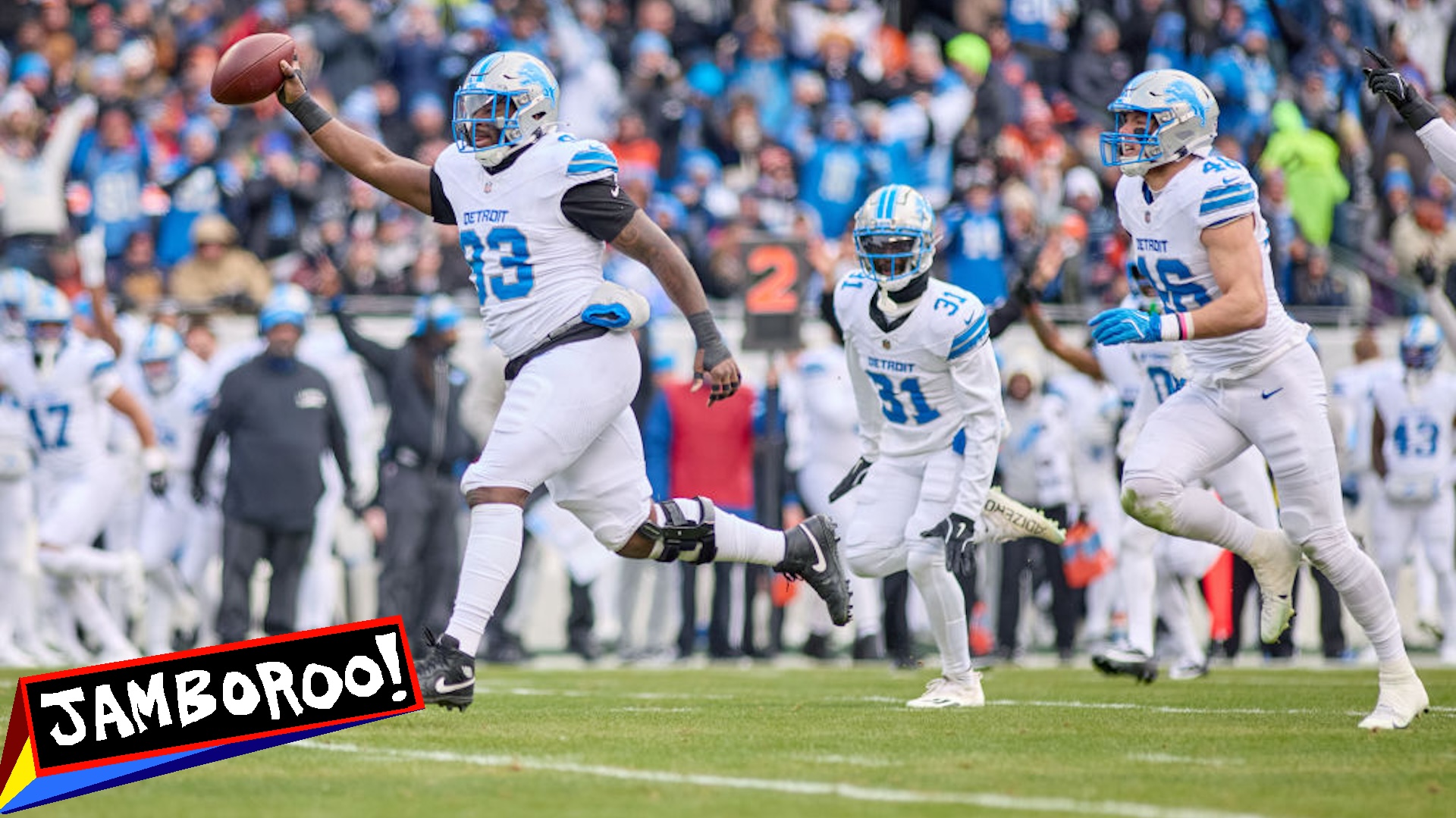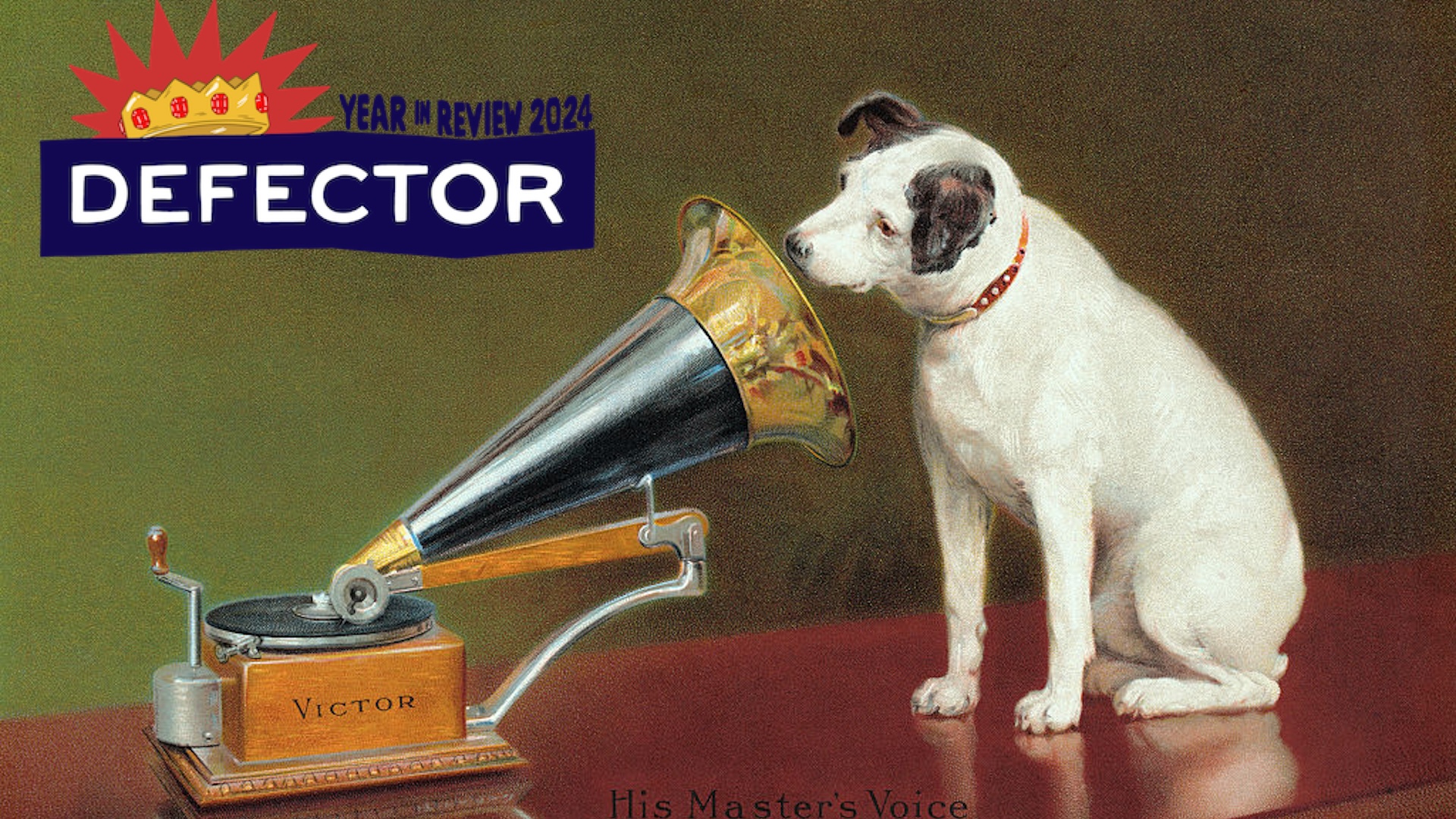Nearly one year ago, Dutch sprinter Dylan Groenewegen deviated from his line while charging for the win at the finish line of Stage 1 of the Tour of Poland, elbowing his countryman Fabio Jakobsen and sending him flying into the barriers. The crash is one of the worst you'll ever see: Metal barriers are tossed across the road as if by a hurricane, bikes fly through the air, and bodies slam into the ground, all at 50 miles per hour. It looked the sort of thing a rider doesn't come back from—and Jakobsen nearly didn't. Both of their lives changed forever after the crash, but both are winners again after taking their own long roads back to the podium.
That day in Poland, teammate Florian Sénéchal prevented Jakobsen from choking on his own blood. He was lucky to escape without life-threatening brain or spinal injuries, probably because he hit a UCI official instead of the stationary finish-line pole. Jakobsen was quickly placed in a medically induced coma and diagnosed with a tally of severe injuries: brain contusion, broken nose, skull fracture, half of his palate and sections of his upper and lower jaw gone, lung contusion, shoulder contusion, broken thumb, and 10 broken teeth. "All I saw was blood," he said of seeing himself for the first time. "It looked like roadkill. I thought: ‘Huh? That’s not at all how I look.’"
Jakobsen's crash strands out as the worst of the past decade, though in a grim irony, in 2015 Groenewegen broke his knee falling into the barriers in a nearly identical manner when Jens Debusschere elbowed him. Shortly after Groenewegen caused the Tour of Poland crash, the UCI suspended him for nine months, blaming him for riding into Jakobsen. While the penalty was deserved, race organizers should share a portion of the blame: The finish was downhill at a ridiculous speed, and the barriers weren't stabilized. The UCI has since banned the traditional downhill sprint for future Tours of Poland.
During his suspension, Groenewegen got engaged to his girlfriend Nine Storms and became a father. This past January, he revealed that he'd received death threats for his role in the crash, saying someone had mailed him a child-sized noose. Still, Groenewegen accepted his suspension and kept his head down.
The two men met in private with their legal teams this past April and came away with different experiences. Groenewegen said he and Jakobsen "unburdened our hearts," but Jakobsen released a statement shortly after and said that Groenewegen never personally apologized to him, which Groenewegen disputed.
Jakobsen returned to racing in April after he had his teeth replaced, and his missing jawbones replaced with bone from his hip. Groenewegen started the 2021 Giro d'Italia, though he didn't win any stages. Both riders rounded into form throughout the 2021 season, then lined up against each other this week at the Tour of Wallonie. Groenewegen charged to his first win in 17 months on Stage 1 on Tuesday, easily gapping the bunch at the sprint finish.
Victoire de @GroenewegenD @JumboVismaRoad !!! Le Néerlandais endossera le maillot de leader 👍💪 pic.twitter.com/seLbHrXZvh
— Tour de Wallonie & GP Wallonie (@tourdewallonie) July 20, 2021
One day later, Jakobsen earned his first win since the crash when he won Stage 2's sprint finish on Wednesday.
Victoire de @FabioJakobsen @deceuninck_qst au @CircuitZolder 👍👏🏻👏🏻 pic.twitter.com/UJe8IRh3FA
— Tour de Wallonie & GP Wallonie (@tourdewallonie) July 21, 2021
As tempting as it is to cast the pair of victories as an ending to this saga, they aren't. Jakobsen and Groenewegen haven't made up; their arcs of redemption have not intersected. But what they've done isn't insignificant. Winning any sprint takes guts and an almost unreasonable amount of self-belief. A rider has to believe enough in their own abilities to get their team to sacrifice in order to attain a good position, then jostle with other sprinters at high speeds. In this case, these two are well aware of how disastrously that can end. Jakobsen and Groenewegen may never be friends after what happened in Poland, but they can at least continue as cyclists, one who suffered greatly and one who caused that suffering.
